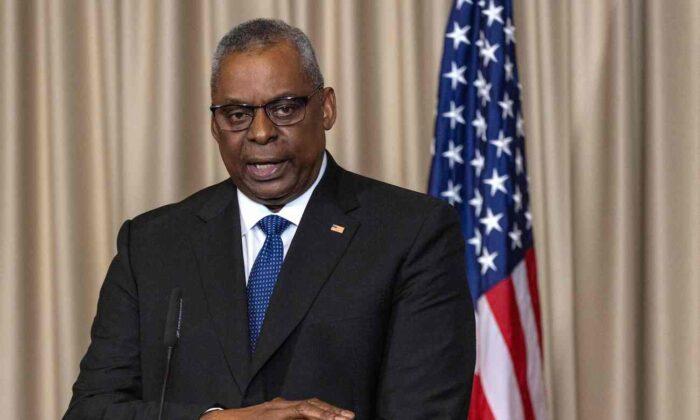“According to his testimony, Sergeant Vargas-Andrews and his team did not eliminate the threat due to their leadership’s uncertainty as to who held the authority to approve or deny engagement.”
Questions
The two asked Austin and Milley a series of questions and requested documents related to the events of the day to “provide Congress a better understanding of these events.” They want answers by June 2.Lloyd and Milley are being asked to describe in detail how authorities responded to Vargas-Andrews’s sniper team’s request to engage the suspected bomber. The Pentagon officials were asked to fully detail each step authorities took in considering the request, the outcome, and the reason for any decisions.
The bombings took place at or near the Abbey Gate, which sits on the eastern side of the airport, late on Aug. 26 local time. One bomb went off at the gate before at least one other exploded near the Baron Hotel, situated a short distance from the gate.
Among other requests, Pentagon officials were asked to produce “[a]ll documents and communications referencing or relating to the events at Abbey Gate on Aug. 26, 2021.” This includes all communications about the identity of the suspects behind the attack, as well as all video, audio, and photographs of the events around the area.

Testimony
Vargas-Andrews said in his March 8 testimony that prior to the Kabul attack, intelligence had apparently disseminated a description of a suspected suicide bomber and his companion.Vargas-Andrews said that he and another service member had, prior to the bombing, spotted two men who fit those descriptions—an impression that was confirmed by others at the airport.
When he tried to get permission to fire on the suspected suicide bomber, his battalion commander couldn’t confirm if he had permission, according to Vargas-Andrews. The man in question ultimately disappeared into the crowd.
“To this day, we believe he was the suicide bomber,” he testified.

Afghanistan Withdrawal
ISIS-K, a branch of the terrorist group ISIS, claimed responsibility for the Kabul airport attack. The deaths of 13 U.S. troops there mark the first U.S. military combat-related deaths in Afghanistan since February 2020.It came amid a rush to withdraw U.S. troops from Afghanistan ahead of the Aug. 31, 2021 deadline, marking an end to a nearly 20-year-long war that American occupation in Afghanistan in the aftermath of the Sept. 11, 2001, terrorist attacks.
By Aug. 30, 2021, the troops withdrawal was complete, and more than 120,000 people were evacuated from Afghanistan during the effort, including U.S. citizens, Afghan allies, and other vulnerable Afghans.




